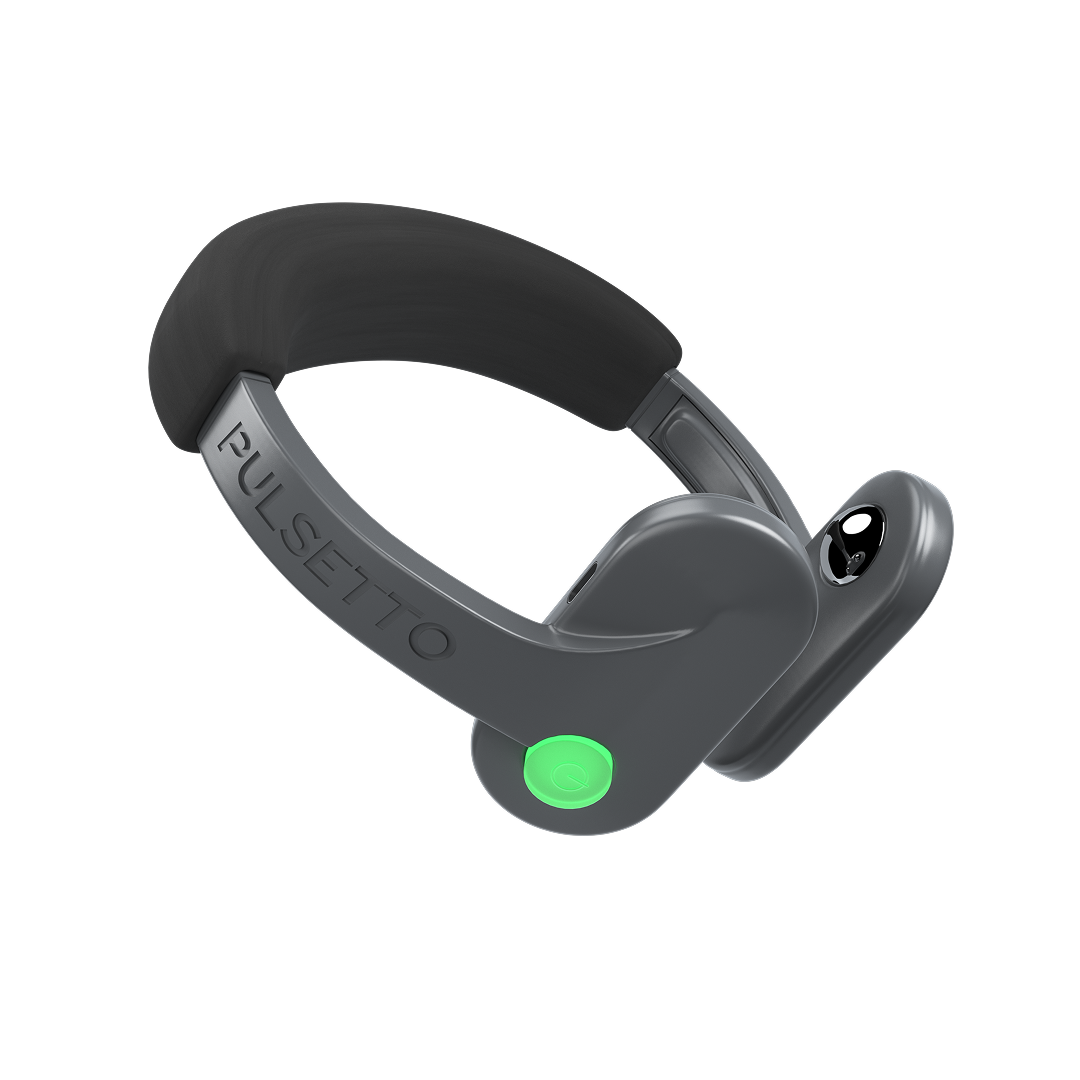Non-Invasive Vagus Nerve Stimulation Reduces Depressive Symptoms, Improves Sleep, and Lowers Cortisol
Vagus Nerve Cortisol Stress Anxiety Sleep
Table of contents:
Abstract:
Background:
Stimulation of the vagus nerve influences biomarkers associated with both the hypothalamic–pituitary–adrenal (HPA) axis and the autonomic nervous system. The goal of the study was to evaluate the effect of transcutaneous vagus nerve stimulation (tVNS) on stress biomarkers and related symptoms and compare the effect of unilateral and bilateral stimulation.
Methods:
Approval was obtained from the Bioethics Committee. 40 healthy subjects were randomly selected from a primary care center. A total of 37 participants (8 men and 29 women) remained throughout the entire study, aged 21-64 years. One-centimeter hair segments from the posterior vertex region of the head, as close to the scalp as possible were taken and analyzed, representing cortisol accumulation over the most recent month. The hair samples were taken before the study and after 4 weeks of stimulation. Three questionnaires (Generalized Anxiety Disorder 7-item scale (GAD-7), Patient Health Questionnaire-9 (PHQ-9), Pittsburgh Sleep Quality Index (PSQI)) were used to evaluate anxiety and depressive symptoms as well as sleep quality during the study. The questionnaires were taken before the study, two weeks in and after four weeks of stimulation. The stimulation was delivered using the non-invasive vagus nerve stimulation device Pulsetto.
Results:
Analysis of hair cortisol and cortisone concentrations revealed differential effects of transcutaneous vagus nerve stimulation (tVNS). A Wilcoxon signed-rank test indicated a statistically significant reduction in hair cortisol levels across the full sample (n = 37, V = 514, p = 0.013). Subgroup analyses demonstrated no significant change following unilateral stimulation (n = 17, p = 0.159), while bilateral stimulation led to a significant decrease in cortisol (n = 20, p = 0.024). Regarding cortisone, a trend-level reduction was observed in the full sample after four weeks of tVNS (p = 0.059), with no significant change in the unilateral group (p = 0.431) and a near-significant effect in the bilateral group (p = 0.058). Importantly, changes in cortisone were moderately and positively correlated with changes in cortisol (Spearman’s ρ = 0.50, p = 0.002), suggesting that both markers may reflect a shared modulation of HPA-axis activity, even if cortisone alone did not reach statistical significance.
Significant improvements were observed across all self-reported measures following four weeks of tVNS. Depression symptoms (PHQ-9) decreased significantly in the total sample (n = 40, p < 0.001), with strong effects in both unilateral (p < 0.001) and bilateral stimulation groups (p < 0.001). Anxiety symptoms (GAD-7) also showed significant reductions overall (p < 0.001), and in both subgroups (p = 0.0004 unilateral; p = 0.003 bilateral). Sleep quality, assessed via the PSQI, improved significantly in the full sample (p < 0.001), with consistent effects observed in unilateral (p < 0.001) and bilateral stimulation conditions (p < 0.001).
Conclusion:
This study demonstrates that transcutaneous vagus nerve stimulation (tVNS), particularly bilateral stimulation, may effectively reduce physiological stress markers and improve self-reported symptoms of depression, anxiety, and sleep disturbance. The moderate correlation between cortisol and cortisone suggests convergent modulation of HPA-axis activity. These findings support the potential of tVNS as a non-invasive intervention targeting both physiological and psychological aspects of stress-related disorders.
Funding:
This study was funded by UAB Pulsetto as part of an EU-supported project under grant number 05-001-01-05-07 and conducted independently by Clinical Trial Center UAB INLITA. The company had no influence on the design, execution, or analysis of the study.
Table of contents:
Read more:
The use of non-invasive vagus nerve stimulation (Pulsetto™) as a post-exercise recovery strategy in male football players
Read StudyEvaluating Non-Invasive Vagus Nerve Stimulation for Pain Management in Bechterew Disease: A Pilot Study
Read StudyHave questions?
We’re here to answer! Contact us at: info@pulsetto.tech







